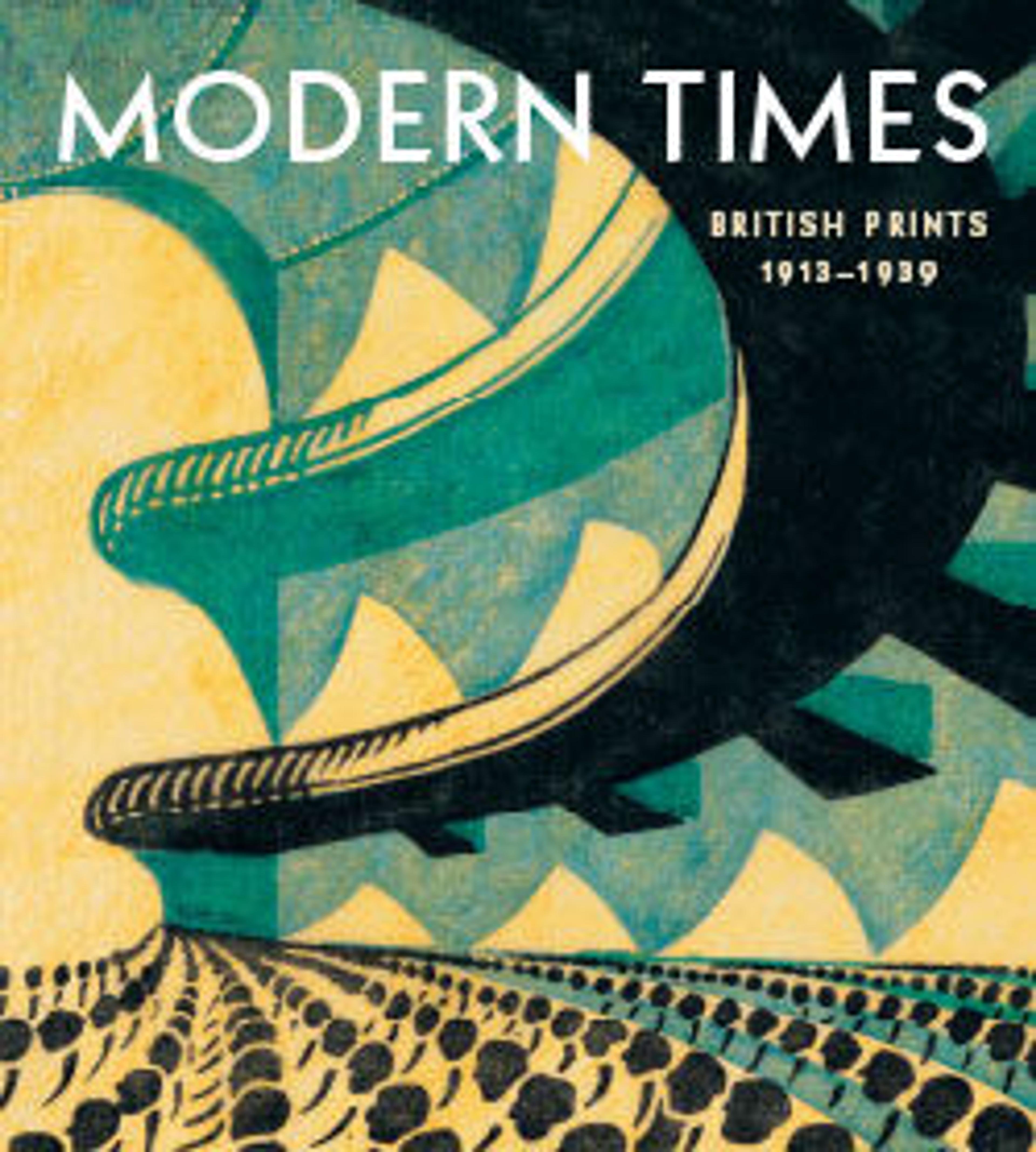Bradford: View of a Town
In a posthumous tribute to Wadsworth, Wyndham Lewis, the artist, writer, and a founder of Vorticism, described an interwar visit the two took to Yorkshire. Lewis wrote that, from their vantage point at the top of a hill, Wadsworth pointed to the town of Halifax below: "We gazed down into its blackened labyrinth. I could see he was proud of it. ‘It’s like Hell, isn’t it?’ he said enthusiastically." Bradford, depicted here, is about five miles from Cleckheaton, where Wadsworth grew up and where his family’s mill was located. The sharpness of the image reflects the precision his learned from his studies of machine draftsmanship in Munich. As in other works, Wadsworth adopted an elevated, almost aerial view, which, combined with the reductive angular forms and the rigor of the design, creates a nearly abstract image.
Artwork Details
- Title: Bradford: View of a Town
- Artist: Edward Alexander Wadsworth (British, Cleckheaton, West Yorkshire 1889–1949)
- Date: 1914
- Medium: Woodcut on gray paper
- Dimensions: Sheet: 12 1/2 in. × 10 in. (31.8 × 25.4 cm)
Image: 5 7/8 × 3 15/16 in. (15 × 10 cm) - Classification: Prints
- Credit Line: Purchase, Leslie and Johanna Garfield Gift, Lila Acheson Wallace, Charles and Jessie Price, and David T Schiff Gifts, The Elisha Whittelsey Collection, The Elisha Whittelsey Fund, Dolores Valvidia Hurlburt Bequest, PECO Foundation and Friends of Drawings and Prints Gifts, and funds from various donors, 2019
- Object Number: 2019.592.550
- Curatorial Department: Drawings and Prints
More Artwork
Research Resources
The Met provides unparalleled resources for research and welcomes an international community of students and scholars. The Met's Open Access API is where creators and researchers can connect to the The Met collection. Open Access data and public domain images are available for unrestricted commercial and noncommercial use without permission or fee.
To request images under copyright and other restrictions, please use this Image Request form.
Feedback
We continue to research and examine historical and cultural context for objects in The Met collection. If you have comments or questions about this object record, please complete and submit this form. The Museum looks forward to receiving your comments.
